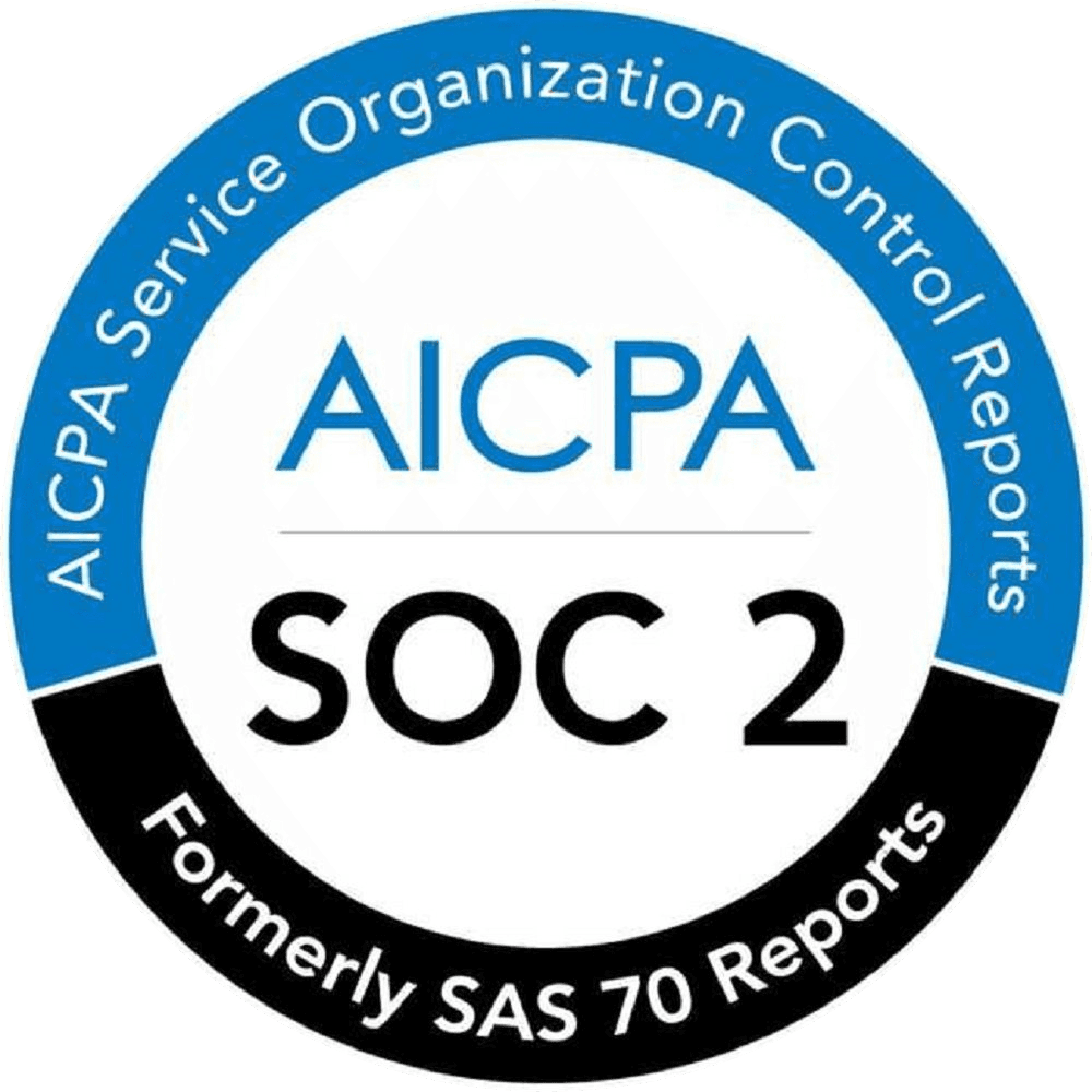Code Security
Nov 30, 2024
CVE 2024 42327: Critical SQL Injection Vulnerability in Zabbix

Sonali Sood
Founding GTM, CodeAnt AI
Zabbix, a widely used open-source monitoring solution, recently disclosed a severe SQL injection vulnerability identified as CVE-2024-42327. Rated critical with a CVSS score of 9.9, this vulnerability exposes Zabbix instances to potential compromise, making it essential for users to take immediate action. SQL injection attacks exploit weaknesses in how SQL queries are constructed, allowing attackers to manipulate databases maliciously.

About the Issue
The issue lies in the way Zabbix handles certain inputs, specifically within its web-based interface. Poorly sanitized user inputs allowed malicious actors to craft SQL commands that the backend database would execute, bypassing authentication mechanisms or exfiltrating sensitive data. In certain configurations, this could allow an attacker to execute arbitrary code on the underlying server.
Zabbix is critical to IT environments for monitoring infrastructure, making it a lucrative target for cybercriminals. Unpatched vulnerabilities like this one could result in attackers compromising not only Zabbix itself but also the systems it monitors.
How Does It Work?
SQL injection occurs when user inputs are directly incorporated into SQL queries without proper sanitization. In CVE-2024-42327, the vulnerability arises because:
Improper Input Validation: Certain fields in the Zabbix web interface do not adequately sanitize user-provided data.
Query Manipulation: An attacker sends a specially crafted input that modifies the intended structure of an SQL query.
Unauthorized Access: By altering the query, attackers can bypass authentication or extract data.
For example, instead of submitting valid credentials, an attacker could enter SQL commands like
to trick the system into logging them in as an administrator.
Impact
The impact of this vulnerability is severe, given the widespread use of Zabbix in enterprise and public sector environments. Some key risks include:
Data Breach: Unauthorized access to sensitive configuration data, logs, and user credentials stored in Zabbix.
Service Disruption: Potential deletion or corruption of monitoring configurations, leading to a failure in infrastructure oversight.
Network Intrusion: Attackers could use Zabbix as a pivot point to attack other parts of the network.
Organizations that rely on Zabbix for mission-critical infrastructure monitoring are particularly at risk.
Who is Affected?
Organizations Using Zabbix: Enterprises, government institutions, and small businesses using unpatched Zabbix versions are vulnerable.
Managed Service Providers: Companies offering Zabbix as a part of their services are at risk of cascading attacks affecting their clients.
Third-Party Integrations: Applications integrated with Zabbix could inherit vulnerabilities if the platform is compromised.
Mitigation and Recommended Actions
To address this vulnerability, follow these recommended steps:
Immediate Patching: Update Zabbix to the latest patched version as per the vendor's advisories. Vendors often release fixes promptly once vulnerabilities are disclosed.
Strengthen Input Validation: Apply a web application firewall (WAF) to filter out malicious inputs. Ensure proper sanitization of inputs at the application layer.
Database Hardening: Use least privilege principles to restrict database accounts used by Zabbix. Enable logging and monitoring of database activities for signs of exploitation.
Network Isolation: Restrict access to the Zabbix interface to trusted IP ranges. Use VPNs or secure tunnels for administrative access.
Incident Response: Audit Zabbix servers for unusual activity. Reset credentials and tokens if compromise is suspected.
Conclusion
CVE-2024-42327 underscores the importance of securing critical infrastructure monitoring tools. A compromise in Zabbix could ripple across an organization's network, causing data breaches and operational downtime. Regular updates, robust input validation, and secure configurations can significantly reduce the risks posed by such vulnerabilities. As cyber threats evolve, organizations must prioritize proactive security measures to safeguard their systems.
By addressing CVE-2024-42327 promptly, businesses can ensure that their monitoring infrastructure remains resilient and trustworthy.














